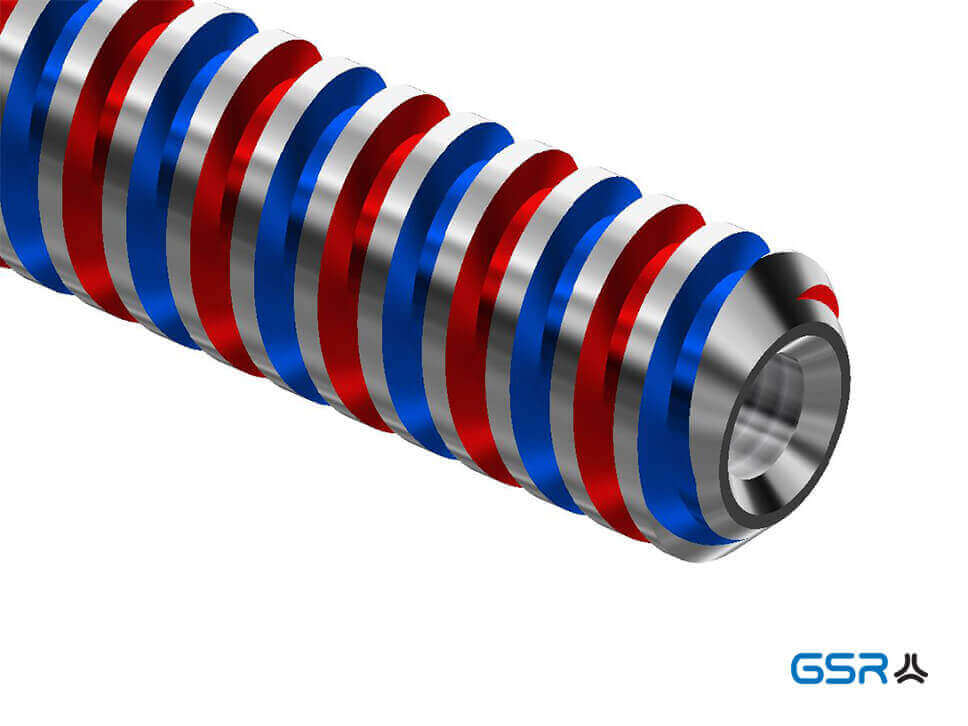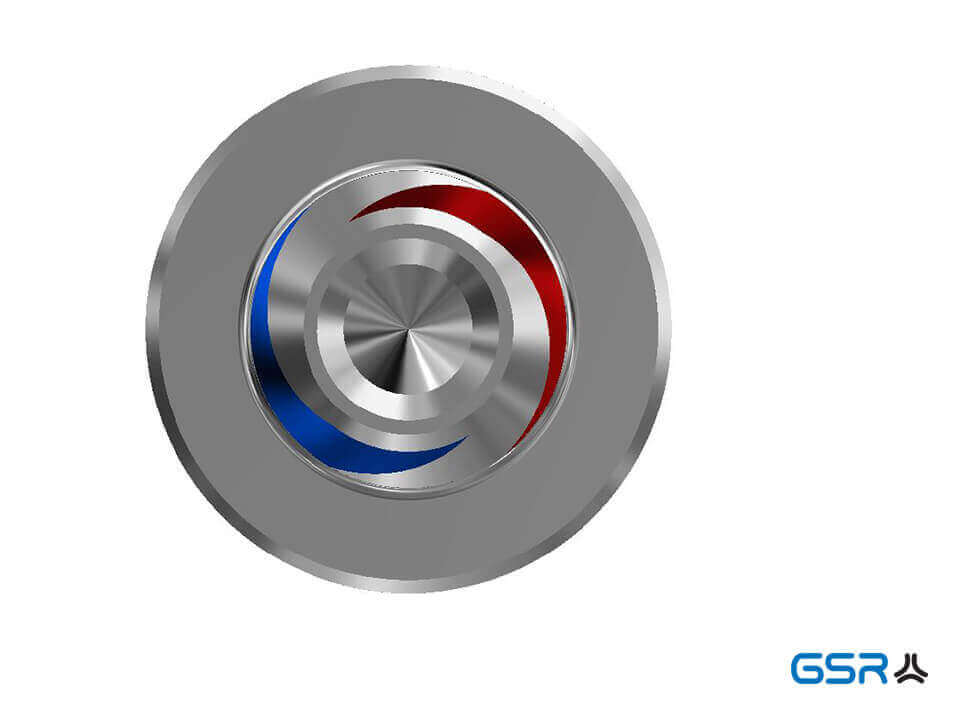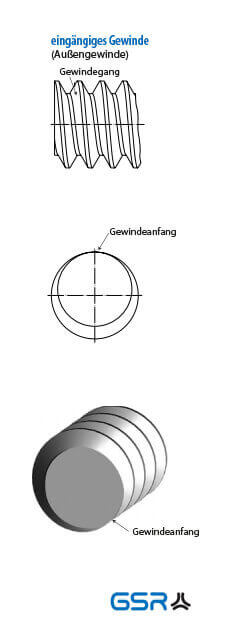The difference between single-start, double-start and multi-start threads
In this blog post, we will look at the differences between single-start, double-start and multi-start threads and address the following questions: What are multi-start threads? When and where are multi-start threads used? Which types of threads are multi-start? Trapezoidal threads? Saw threads? Metric ISO threads?


What are single-start threads? And what are multi-start threads?
Threads can be distinguished between single-start and multiple-start threads. Most threads are single-start threads. However, there are exceptions. One speaks of a multi-start thread if it has more than one thread start. The thread then has several starts and threads but only one pitch. Several threads then run parallel to each other. Single-start threads are used for fastening. Whereas two-start and multiple-start threads are used for movement or power transmission.
In this way, more travel is achieved with fewer turns. But there are exceptions here too. They can also be used as fastening threads. In this context, one also finds the terms two-start thread or double-start thread.
Multi-start threads in the DIN standard
In DIN 103, a multi-start thread is defined as follows:
“Multi-start (“-start) threads have the same profile as single-start threads with pitch Ph = pitch P. For the pitch P of multi-start threads, only the values permitted for the pitch P (equal to pitch P) of single-start threads may be selected. However, the multiple of the pitch P of the multi-start threads need not correspond to a pitch value permitted for single-start threads.”
(Source: DIN 103)


When and where are multi-start threads used?
Everyone uses multi-start threads. Probably the most common use of a multi-start thread is in the screw-on lids of preserving jars or preserving jars. This is a fastening thread with several threads.
With a multi-start thread, which is used for movement threads such as trapezoidal threads and saw threads, you want to cover more distance in fewer turns.
How do I recognise a multi-start thread?
As already mentioned above, you can recognise such a thread by the multiple gates.
What type of thread has a multi-start thread?
The most common thread types that have a multi-start thread are the trapezoidal thread (Tr) and the saw thread (S). In addition to the diameter and the pitch, the identification or designation also indicates the pitch in P or the number of threads.
For example:
- Tr 32 x 18 P6 (18 : 6 = 3, which means a three-gear thread). 32 mm is the diameter. 18 mm is the pitch, 6 mm is the division.
- Tr 40×16 P8 (16 : 8 = 2, which means a two-start thread)
- S40x14 P7 (14 : 7 = 2, which also means a double start thread)
The concept should now be clear.
Surprisingly, there are also multi-start threads in the metric ISO thread. This is defined in the DIN13-52 standard.
For example:
- M 24 x 4 P 2 (4 : 2 = 2, which means a double start thread or two-start thread)
A new thread starts at 180 degrees for a double thread. On the other hand, with three-start threads, a new thread starts at every 120 degrees.


Vorteile von mehrgängigen Gewinden
Die Vorteile eines mehrgängigen Gewindes haben wir oben schon etwas angedeutet: Durch eine kleine Umdrehung wird mehr Weg bzw. Abstand zurückgelegt (starke axiale Verschiebung und Bewegungen). Dies macht gerade bei Spindeln mit einer großen Gewindesteigung Sinn.
This might also be of interest to you:
- Surface coating for machine taps and twist drills
- Color ring machine tap (DIN 371 / 376)
- Avoid tool breakage with machine taps
- Extensions for machine taps
- What is a combination machine tap?
- 5 characteristics for a good tap set
Did you like the article? Do you have questions or feedback? Write to us.
By the way, you will find a large selection of taps in our store www.gewindewerkzeuge.com

